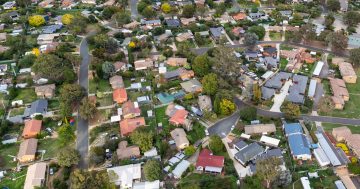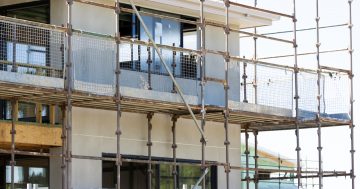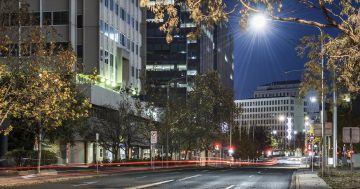
December was a weak month for building approvals across Australia, but Canberra remains in a strong position.
Building approvals in the ACT slumped at the end of last year as the number of new apartments fell away, but the numbers are expected to bounce back in 2019 with a solid pipeline of projects in place.
Approvals were down 21.3 per cent in trend terms overall in December 2018 compared with the previous month, and a massive 52 per cent on the previous quarter but the ACT appears to be in a very different situation to the major capitals, with demand remaining strong for detached housing and many more apartments planned for town centres and the Northbourne corridor.
In trend terms, approvals declined from 475 to 374 but the raw figures show approvals for private detached houses were 75 in December down from 123 in November, and all others including apartments slumped from 443 to 159.
HIA economist Geordan Murray said there remained a degree of volatility in the flow of approvals on a month-by-month basis in the ACT, driven by the way large volumes of apartments come through the system.
“In some months you get a large amount of multi-unit dwellings coming through and others you don’t,” he said.
For example, there are no approvals for apartment blocks of four storeys or more in December, according to the Australian Bureau of Statistics.
Mr Murray said December looked a pretty weak month but approvals were still up 35 per cent on the same time in 2017.
He expected approvals to continue jumping around with the numbers to recover in 2019 with more apartment developments due.
“There appears to be a reasonable pipeline of new apartment projects coming on line in the ACT,” he said.
He expected apartments to remain a significant part of new housing supply in line with the Government’s strategic plan.
“The ACT is quite different to the other capital cities. The strategic plan for housing in the ACT is targeting a lot more infill in the existing metropolitan footprint and that means we need to have high density housing types in the housing mix,” he said.
Mr Murray said the bias towards apartments meant there was far less greenfield development than would be ideal, with demand remaining very strong for detached houses, despite the price of land being far higher than that in other jurisdictions.
“The biggest issue facing the ACT market is the price of new residential lots. On a per square metre basis, land costs of over $1000 per square metre, far above anywhere else in the country, which certainly suggest the demand is there for these lots,” he said.
While the clampdown on lending has had an impact, Mr Murray said it had been a much smaller problem in the ACT than in Sydney and Melbourne, although processing times had lengthened.
He expected the housing market to stay strong and not see the kinds of declines happening in the major capitals.
“While we did see some reasonable price gains over the past few years it certainly hasn’t been to the extent that we have seen in Sydney and Melbourne, and consequently on the down side of the cycle we’re not expecting to see the ACT fall in the manner that we’ve seen in the last 12 months in the major capitals,” Mr Murray said.
It’s a different story elsewhere in the nation, with HIA saying figures were the lowest in five years, the apartment boom is over and the credit squeeze is hitting potential homebuyers.
There was a 23.7 per cent decline in approvals for the three months to December 2018 compared to the same period in 2017, led by a 40.1 per cent fall in approvals for apartments for the quarter, with houses down by 7.8 per cent.
HIA economist Tim Reardon said this brought approvals back to 2013 levels.
“This weak result is the consequence of a range of measures including punitive rates of tax on foreign investors, record supply of apartments, falling house prices and the credit squeeze,” he said. “Policy makers and lenders alike need to be cognisant that ordinary home buyers are now facing blow-outs in loan processing times and also much greater rates of flat-out loan rejection.”
Mr Reardon said policy makers and lenders would need to respond judiciously to the release of the Banking Royal Commission’s recommendations.
Total seasonally adjusted dwelling approvals in December 2018 fell in Tasmania (-24.3 per cent), New South Wales (-8.6 per cent), Victoria (-8.1 per cent) and Queensland (-5.8 per cent). Increases were recorded in South Australia (+5.6 per cent) and Western Australia (+1.1 per cent). In trend terms, total dwelling approvals in December increased by 1.7 per cent in the Northern Territory and were down by 21.3 per cent in the ACT.





















